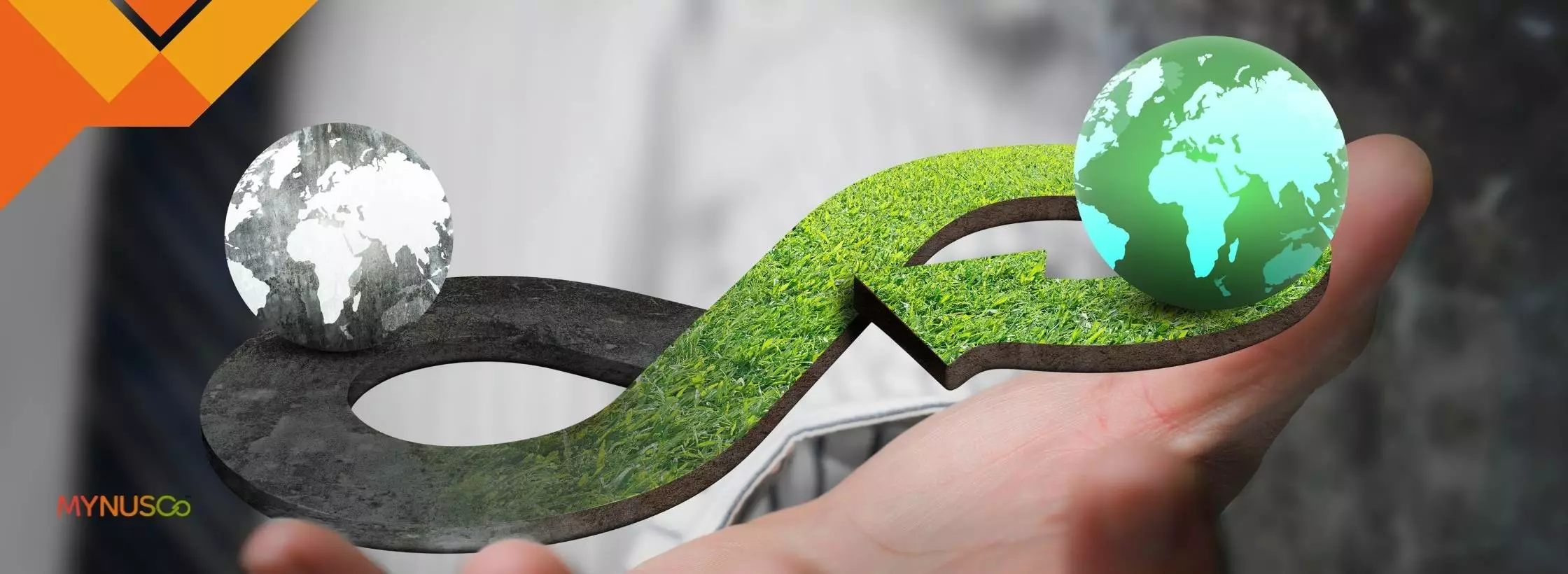Role of biocomposites in the circular economy
Nearly half the greenhouse gas emissions that cause climate change come from the production and use of everyday items, from cars to clothes to food and much more. As the population and consumerism increase, so does the demand for materials. Emissions are likely to grow fast without changes to current production and consumption.
While a renewable energy transition is important to achieve net-zero goals, it is only part of the story. Adopting a circular economy will be crucial to painting a complete picture of a resilient, net-zero world. The circular economy is an alternative possibility to the traditional linear economy model – it keeps products and materials in use for as long as possible and designs avenues for waste and pollution — across all sectors and value chains.
Here is how a circular economy cuts greenhouse gas emissions –
- By eliminating waste and pollution, reduces the emissions associated with the production of the materials that go to waste.
- By keeping products and materials in use, it retains the embodied energy & carbon in products and materials, instead of producing new materials and products, which generates greenhouse gases.
- By regenerating natural systems, it stores and retains carbon in the soil, which also helps build soil health.
- Biocomposites play an important role in supporting and encouraging a circular economy.
- Increasing the use of renewable feedstocks and reducing the use of fossil resources.
- Utilizing waste from farms, factories, and forests that include crop residue, recycled, and recovered plastics.
- Increasing the utility and performance of the products that create value and increase shelf life for prolonged use and reuse.
- Biocomposites made with binders such as polypropylene and polyethylene can be recycled at least 9 times after the product’s life.
- Biocomposites made with compostable binders ensure the products return to nature naturally.
- The economics of biocomposites are comparable to materials such as plastics and wood that the biocomposites promise to replace. This makes them suitable for mainstream adoption, unlike many other sustainable alternatives that support the circular economy.
The heart of incorporating biocomposites into the circular economy is through a fundamental redesign of the product. There isn’t a single solution, instead multiple solutions to fix the problem. Many of the innovations in the redesign are being done through a multi-pronged approach with biocomposites. The increased use of biocomposites reduces carbon emissions, utilize renewable feedstocks, recycles, and limits the use of finite resources to create products for everyday use.






